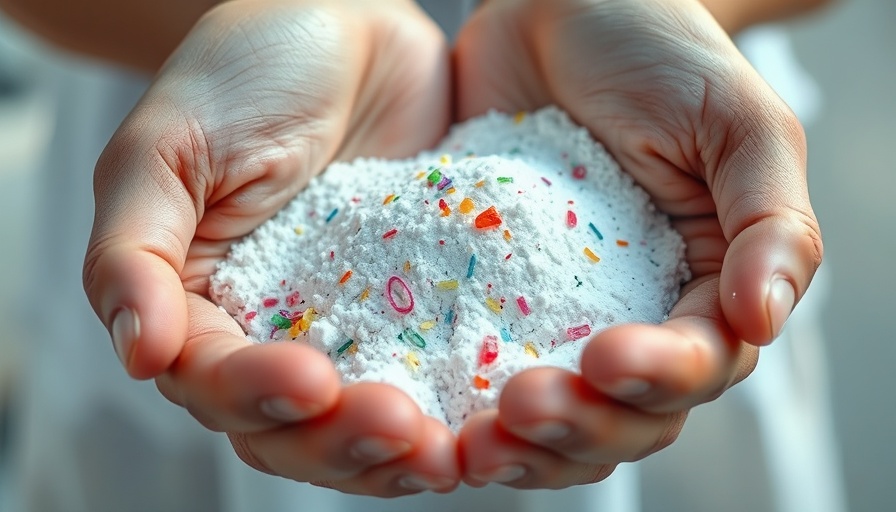
Microplastics: The Hidden Threat in Your Favorite Salt
In a world where we age gracefully with every grain of wisdom, one ingredient remains a steadfast companion: salt. Essential for health, salt plays a vital role in maintaining electrolyte balance, regulating blood pressure, and even enhancing sleep quality. But hidden within this common seasoning lies a concerning reality—microplastics.
Understanding Microplastics and Their Sources
Microplastics are tiny plastic particles, usually less than 5 millimeters in size, that originate from the breakdown of larger plastic waste. These remnants infiltrate our oceans through littered refuse, wastewater, and stormwater runoff. As these particles disintegrate, they not only pollute our waters but also sneak their way into the food chain, with salt being a surprising carrier.
The Shocking Discovery: Microplastics in Sea Salt
A pivotal study from the Environmental Science and Technology Journal in 2017 revealed that over 90% of sea salt samples tested worldwide contained microplastics. This wasn’t an isolated discovery. As consumers, we are sprinkling remnants of ocean pollution on our meals, without a second thought. The same study highlighted that while sea salt exhibited higher concentrations of these pollutants, table salt and various food items were also not exempt.
The Impact of Microplastics on Health
You might wonder, does a tiny speck of plastic pose any real threat? While the research is still new, scientists are raising alarms about the potential health effects of microplastics. Preliminary studies suggest that these particles might accumulate in the human body, possibly leading to unknown long-term health implications.
Steps to Reduce Your Microplastic Intake
It might sound daunting, but avoiding microplastics in your salt is more manageable than it seems. Here are some practical tips to minimize your exposure:
- Opt for salt labeled as “microplastic-free” or “purified.” Explore local brands that prioritize natural harvesting methods.
- Avoid purchasing sea salts from areas heavily affected by pollution or marine litter.
- Incorporate more Himalayan or rock salts into your diet, as they typically have less exposure to oceanic pollution.
- Support brands committed to sustainable practices and environmental responsibility.
Future Trends: The Way Forward Towards Cleaner Choices
As awareness around microplastics grows, individuals and consumers can influence the market. Increasing demand for clean, sustainable ingredients may prompt producers to invest in purification processes for their products. The push for transparency in food sourcing might help eliminate contaminated salts from our kitchens.
The Bigger Picture: Why We Must Care
This isn’t just about avoiding microplastics in salt; it’s part of a larger narrative on living sustainably. Educating ourselves and others about the environmental impact of plastic pollution is crucial. By making conscious choices, we are not only safeguarding our health but also protecting our planet for future generations.
Reflecting on Our Connection to Food and Health
As we navigate through life, it’s vital to remember that our food choices directly affect our health and environment. A sprinkle of salt may seem insignificant, yet our daily choices accumulate over time. This mindful approach to consumption is central to fostering healthier futures.
 Add Row
Add Row  Add
Add 




 Add Row
Add Row  Add
Add 

Write A Comment